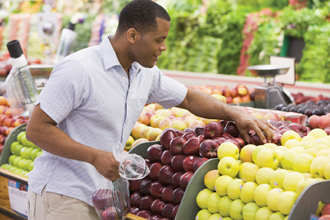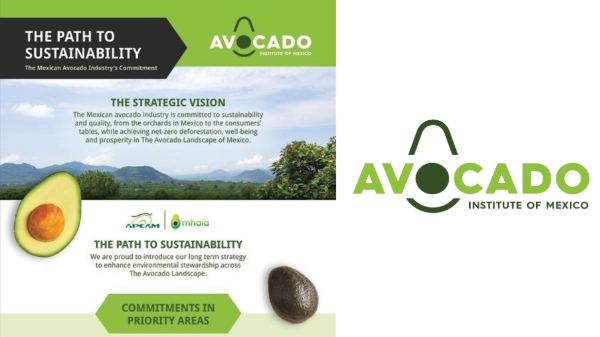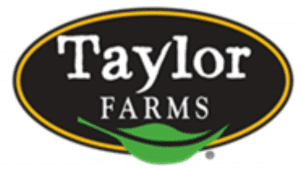Welcome to Blue Book!
Are you ready to join the thousands of companies who rely on Blue Book to drive smarter decisions? View our plans and get started today!
Still have questions? We’d love to show you what Blue Book can do for you. Drop us a line– we’ve been waiting for you.

Another problem relates to pests and disease. Although much progress has been made, apples are still susceptible to a few resistant insects and bacterial diseases. Aphids, leafrollers, leafminers, and maggots continue to make an impact, though most can be controlled with integrated pest management.
Trade organizations and universities, however, continue to make headway with disease-resistant varieties, as well as cultivars with better taste and longer storage capacity, much of which has been funded through federal and state programs.
One such example is the California Apple Commission’s research for postharvest pest control of both the brown marmorated stink bug and codling moth. The former caused extensive damage throughout the East several years ago, beginning its reign in Pennsylvania in 1998 and spreading to several surrounding states.
Though growers in the East have had few problems with stink bugs since the hurricanes and extreme cold of the last few years, California growers are keeping an eye out for the remarkably resilient pest, as well as the codling moth. New bactericides and fungicides are in development to combat both insects.
Sandra Steineke, director of merchandising for Yakima, WA-based C.M. Holtzinger Fruit Company, LLC, gauged the future this way: “As crops continue to grow in size, the challenge will be to continue to establish world markets for apples. Margins will be squeezed at the grower and packer level, challenging the entire industry to become more efficient in growing, packing, and shipping.” She also sees the possibility of increased consolidation among grower-shippers.
Sustainability
Working for profit and working sustainably do not always match up, but many in the apple industry have forged a happy marriage between sustainability and productivity. Rainier Fruit Company promotes its ‘green’ initiates by “practicing sustainable farming, building efficient facilities, conserving natural resources, and implementing thoughtful employee programs, we strive for continuous improvement in Good Stewardship programs.”
Nearby Borton & Sons also employs various eco-friendly practices, “We’ve implemented many (practices) in the past couple years,” says Bryon Borton, CVO. Among the more recent are drip or ‘trickle’ irrigation for water management and cover crops to limit soil erosion and runoff.
Also taking steps toward sustainability is Chelan Fresh Marketing in Chelan, WA. Mac Riggan says, “Our packing facilities utilize on-demand lighting that shuts off when there is no activity in a room or hallway. We also use recycling systems to reduce our water usage year-round, and have ‘smart’ refrigeration systems that capture heat during defrost cycles for use in other areas of production,” he adds.








